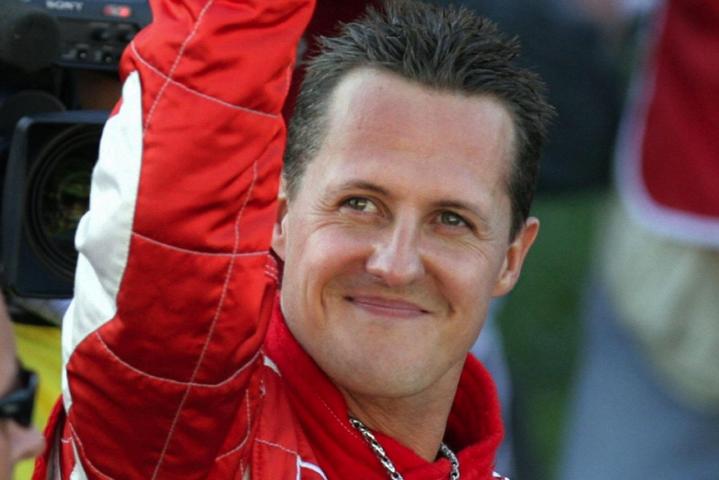
A month after suffering a traumatic head injury while skiing in the French Alps, Formula One legend Michael Schumacher is being lifted out of his artificial coma.
“Michael’s sedation is being reduced in order to allow the start of the waking up process which may take long time,” Sabine Kehm, Schumacher’s manager, said in a prepared statement. “For the protection of the family, it was originally agreed by the interested parties to communicate this information only once this process was consolidated.”
Brain damage can occur after just eight days in a medically induced coma. But French doctors kept Schumacher comatose this long, however, to prevent further brain swelling.
Just a few days ago, it looked as though 45-year-old Schumacher may remain in a vegetative state the rest of his life. Although he’s being brought out of the coma, prognosis for his future doesn’t appear strong.
“It is extremely unlikely, and I’d honestly say virtually impossible, that the Michael we knew prior to this fall will ever be back,” said Professor Gary Hartstein, Formula 1’s chief medic between 2005 and 2012, to the BBC.
We’ll stay on top of this story as it progresses. Doctors warn, though, being lifted from the coma can take many weeks. And the state of Schumacher’s congative abilities won’t be known for several months after that.
Our thoughts and prayers remain with Schumacher and his family.


